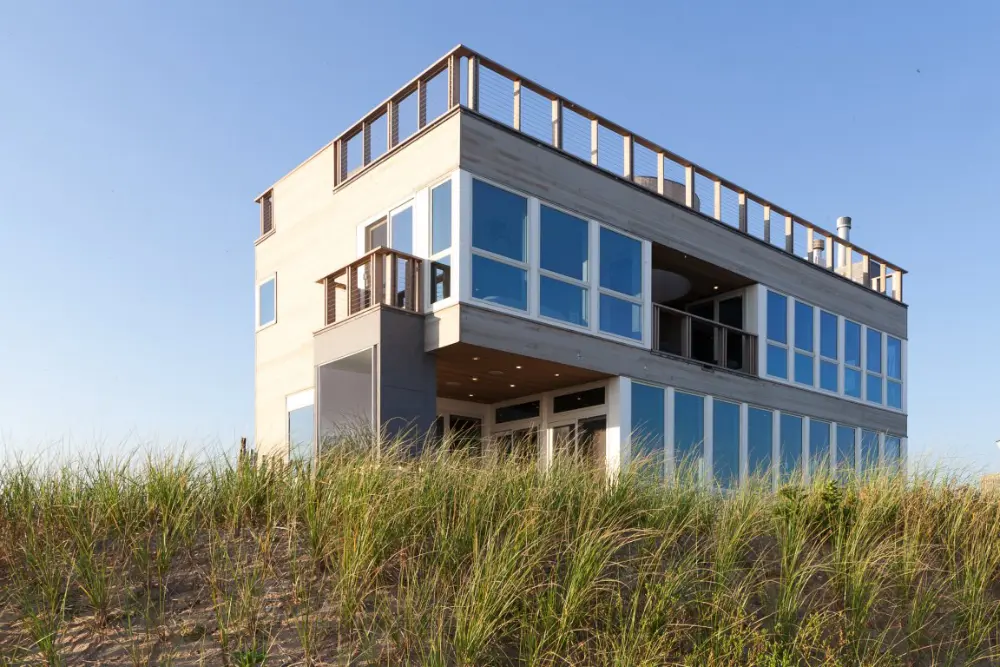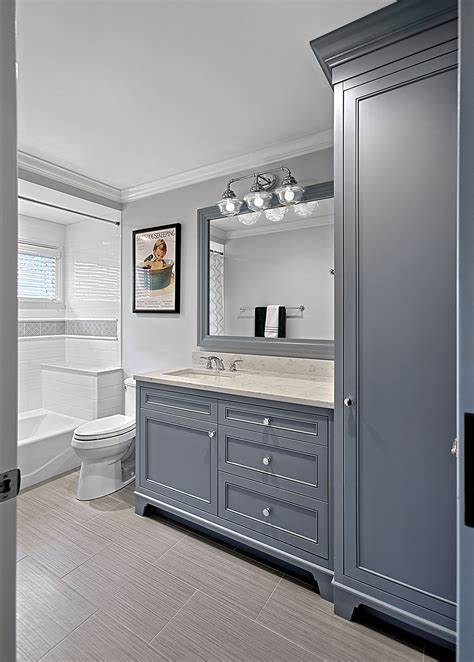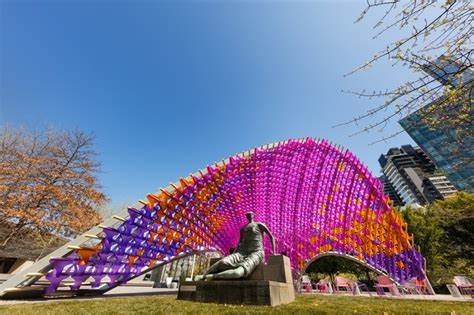In the dynamic world of architecture, the flat roof has evolved from being merely functional to a design element that complements contemporary aesthetics. The choice of flat roof materials plays a pivotal role in achieving the delicate balance between functionality and visual appeal. In this article, we delve into the realm of flat roof materials, examining their characteristics, advantages, and their impact on modern architecture.
Contents
Versatile EPDM Roofing
Ethylene Propylene Diene Monomer (EPDM) roofing stands as a prominent choice for flat roofs due to its versatility and durability. This synthetic rubber material is highly resistant to sunlight, ozone, and extreme temperatures, making it an ideal solution for various climates. EPDM’s flexibility ensures minimal maintenance while its sleek black appearance contributes to a modern aesthetic.
Read Also: Mansard Roof House Where Classic Charm Meets Contemporary Living
Sustainable Green Roofs
Green roofs have emerged as a sustainable and visually striking option for flat roof designs. By layering vegetation and soil atop the roof, green roofs provide insulation, reduce stormwater runoff, and mitigate the urban heat island effect. These living installations not only contribute to the environment but also lend a distinctive touch to modern architectural landscapes.
Timeless Built-Up Roofing (BUR)
Built-Up Roofing (BUR), a classic choice, comprises multiple layers of bitumen and reinforcing fabrics. This traditional material boasts exceptional durability and fire resistance, making it a reliable option for flat roofs. While BUR may not be as lightweight as newer alternatives, its longevity and proven track record make it an attractive choice for those seeking a robust roofing solution.
Contemporary PVC Roofing
Polyvinyl Chloride (PVC) roofing has gained popularity for its modern aesthetic and impressive performance. PVC membrane, often white in color, reflects sunlight effectively, reducing cooling costs. Additionally, it is highly resistant to chemicals, punctures, and weathering, making it an excellent choice for commercial buildings with flat roofs.
The Impact on Architecture
The choice of flat roof materials extends beyond functional considerations; it significantly influences a building’s overall architectural impression. Each material brings its own texture, color, and style to the design. EPDM’s sleekness, green roofs’ natural vibrancy, BUR’s timelessness, and PVC’s contemporary edge all contribute to the building’s aesthetic identity.
Factors Influencing Selection
Several factors play a role in determining the optimal flat roof material. Climate, budget, maintenance requirements, and local building codes all influence the decision-making process. For instance, EPDM’s weather resistance suits regions with extreme climates, while PVC’s reflectivity benefits areas with intense sun exposure.
Seamless Integration with Design
Modern architecture places a premium on seamless integration, where every design element serves a purpose. Flat roof materials are no exception. The chosen material should align with the building’s purpose, aesthetics, and sustainability goals. A green roof might harmonize with an eco-friendly structure, while a PVC roof might complement a sleek, contemporary design.
The realm of flat roof materials demonstrates the marriage of form and function in modern architecture. From EPDM’s versatility to green roofs’ sustainability, BUR’s reliability, and PVC’s contemporary charm, each material offers a unique set of attributes that cater to diverse needs. As architecture continues to evolve, the careful selection of flat roof materials remains a critical aspect of creating functional and visually captivating structures that stand the test of time.






















